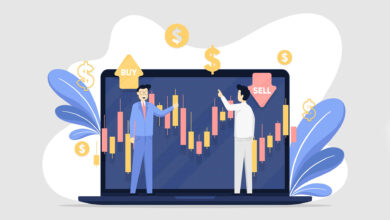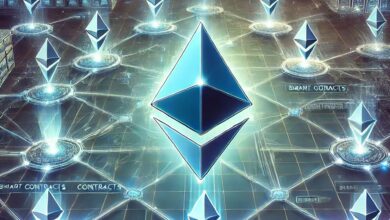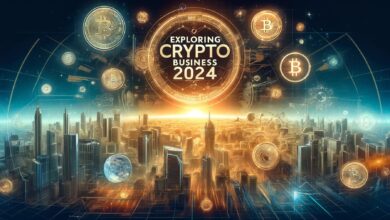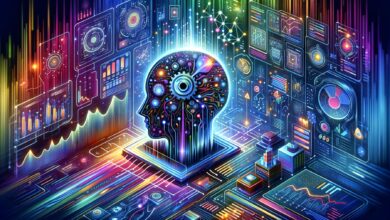The Biggest Future NFTs Trends Everyone Needs To Know About
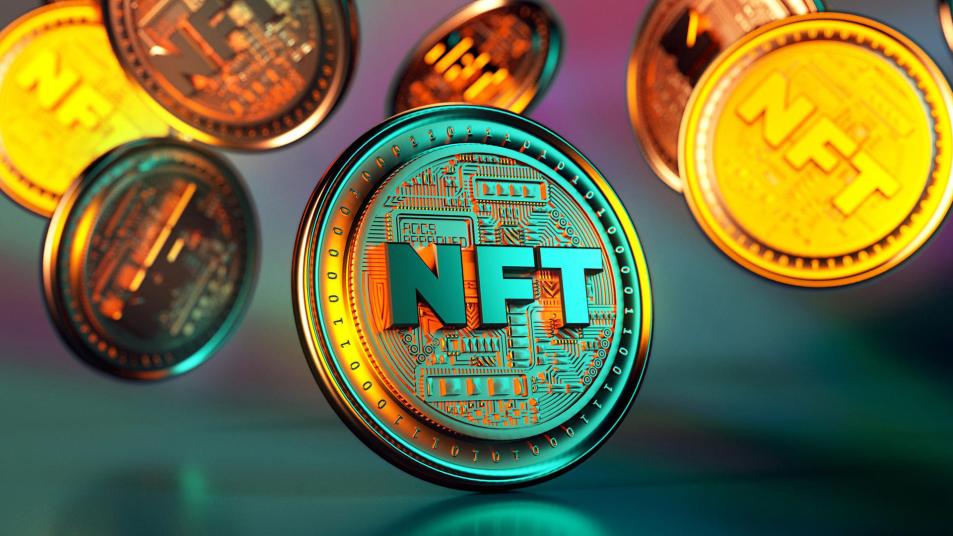
Non-Fungible Tokens (NFTs) have emerged as a transformative technology, revolutionizing the concept of digital ownership. Unlike traditional cryptocurrencies, NFTs represent unique and indivisible digital assets that are recorded on a blockchain, typically the Ethereum blockchain. NFTs provide proof of authenticity and ownership for a specific item or piece of content, ranging from digital art and collectibles to virtual real estate and in-game assets.
This technology has opened up new opportunities for creators, collectors, and investors, enabling the monetization and trading of digital assets in a transparent and secure manner. Understanding the fundamentals of NFTs is crucial for navigating this innovative and rapidly evolving digital landscape.
The Rise of NFTs: A Game-Changer in the Digital World
The rise of Non-Fungible Tokens (NFTs) has heralded a new era in the digital world, presenting a game-changing paradigm for ownership and value. NFTs have gained immense popularity and attention, transforming the way we perceive and trade digital assets. With NFTs, unique digital items such as artwork, music, videos, and virtual collectibles can be tokenized and bought or sold on various platforms. This innovation has opened up unprecedented opportunities for creators, artists, and content creators to monetize their work directly and establish a direct connection with their audience.
Moreover, NFTs have revolutionized the concept of ownership, offering verifiable proof of authenticity and ownership on the blockchain. As a result, NFTs have garnered substantial interest from collectors, investors, and enthusiasts, leading to groundbreaking sales and record-breaking prices in the digital art world. The rise of NFTs signifies a fundamental shift in the digital landscape, where unique and scarce digital assets can be bought, sold, and valued in a transparent, decentralized, and secure manner.
NFTs in Art and Collectibles: Unlocking New Possibilities
NFTs have unleashed a world of possibilities in the realm of art and collectibles, reshaping the way we perceive and interact with digital creations. Artists now have the ability to tokenize their artwork, granting them verifiable proof of ownership and the potential to earn royalties from subsequent sales. Collectors can securely purchase and own unique digital collectibles, ranging from virtual trading cards to virtual real estate, with the assurance of authenticity and scarcity provided by blockchain technology. NFTs have democratized the art world by enabling artists to directly connect with a global audience, bypassing traditional gatekeepers.
They have also facilitated the exploration of new art forms and experiences, blurring the lines between the physical and digital realms. With NFTs, art and collectibles have transcended their traditional limitations, unlocking new avenues for creativity, expression, and monetization in the digital age.
NFTs in Gaming: Transforming the Gaming Industry
NFTs have emerged as a transformative force in the gaming industry, revolutionizing the way players interact with in-game assets and virtual economies. By leveraging NFT technology, game developers can create unique and scarce digital items that can be owned, traded, and monetized by players. This allows players to have true ownership and control over their in-game assets, fostering a sense of value and investment in the gaming experience. NFTs also enable interoperability between different games and platforms, allowing players to transfer and use their assets across multiple virtual worlds.
This has opened up new possibilities for players to earn real-world value from their gaming activities, as rare and sought-after NFT items can be bought and sold in dedicated marketplaces. NFTs in gaming have the potential to create vibrant and decentralized economies within virtual worlds, empowering players and transforming the gaming industry into a more immersive and rewarding experience.
NFTs and Virtual Real Estate: Expanding the Metaverse
NFTs have extended their influence to virtual real estate, playing a pivotal role in the expansion of the metaverse. As virtual worlds grow in complexity and popularity, NFTs enable the ownership and trade of virtual land, buildings, and other digital assets within these immersive environments. NFT-based virtual real estate allows users to create unique and customizable spaces, conduct virtual businesses, and even host events. This emerging market has seen the rise of dedicated platforms where individuals can buy, sell, and develop virtual properties, fostering a vibrant ecosystem of digital landowners and investors.
NFTs provide a tangible sense of ownership and value to virtual real estate, unlocking opportunities for creators, entrepreneurs, and investors to shape and monetize the metaverse. With NFTs at the forefront, virtual real estate is rapidly expanding, paving the way for a future where the metaverse becomes a thriving digital economy and a seamless extension of our physical world.
NFTs in Music and Entertainment: Revolutionizing Creative Industries
NFTs have emerged as a game-changer in the music and entertainment industries, transforming the way creators and fans engage with digital content. Musicians and artists can now tokenize their music, merchandise, and event tickets as unique NFTs, providing fans with exclusive digital collectibles and experiences. This revolutionary technology revolutionizes ownership, enabling artists to establish direct connections with their audience and monetize their work more effectively. NFTs also offer new revenue streams through royalties and secondary market sales, empowering artists to earn ongoing income from their creations.
In the entertainment industry, NFTs extend their impact to virtual performances, digital art exhibitions, and other immersive experiences. Collaborations between artists are made easier with NFTs, fostering a sense of community and enabling joint projects. Overall, NFTs have disrupted traditional models in music and entertainment, opening up new possibilities for creators, fans, and the industry as a whole.

NFT Marketplaces: The Growing Ecosystem for NFT Trading
NFT marketplaces have emerged as the thriving ecosystem for trading non-fungible tokens, offering a platform where creators, collectors, and investors can buy, sell, and discover unique digital assets. These marketplaces provide a decentralized and transparent environment where NFTs can be showcased, valued, and exchanged. With a wide range of platforms available, artists and content creators can list their NFTs for sale, reaching a global audience and connecting directly with buyers. NFT marketplaces also enable collectors to explore and acquire a diverse array of digital collectibles, from artwork and music to virtual real estate and gaming items.
The growth of these marketplaces has fueled a surge in NFT trading, with record-breaking sales and a vibrant secondary market. As the ecosystem continues to evolve, new features such as auction functionalities, verification services, and community engagement tools are being introduced, enhancing the overall trading experience. NFT marketplaces play a pivotal role in the adoption and expansion of the NFT ecosystem, facilitating the seamless exchange of digital assets and contributing to the mainstream acceptance of this groundbreaking technology.
Tokenization and Fractional Ownership: Democratizing Access to Assets
Tokenization and fractional ownership have emerged as powerful tools for democratizing access to assets, revolutionizing traditional ownership models. Through tokenization, assets such as real estate, artwork, and rare collectibles can be divided into digital tokens, allowing for fractional ownership. This means that individuals can now invest in high-value assets with smaller amounts of capital, expanding opportunities for a wider range of investors. Tokenization also enables the seamless transfer and trading of these digital assets on blockchain-based platforms, creating a transparent and efficient marketplace.
Additionally, fractional ownership allows for shared ownership of assets, fostering a sense of community and collaboration among investors. This innovative approach breaks down barriers, giving individuals the chance to participate in asset ownership and investment opportunities that were previously inaccessible. Tokenization and fractional ownership have the potential to disrupt traditional financial systems, democratizing access to assets and paving the way for a more inclusive and decentralized economy.
Environmental Concerns and NFT Sustainability: Seeking Solutions
Environmental concerns have become a significant topic of discussion in relation to NFTs, raising questions about their sustainability and carbon footprint. The energy consumption associated with blockchain transactions, particularly on networks like Ethereum, has drawn attention due to its environmental impact. As the popularity of NFTs continues to grow, it is crucial to seek solutions that address these concerns. One approach is the exploration of more energy-efficient blockchain technologies or the implementation of eco-friendly practices within existing networks.
Additionally, offsetting carbon emissions through initiatives such as carbon credits or investing in renewable energy projects can help mitigate the environmental impact of NFTs. The industry is also witnessing the emergence of platforms and initiatives focused on promoting sustainable NFTs, encouraging artists and creators to consider eco-friendly practices in their artistic processes. By prioritizing sustainability, the NFT ecosystem can work towards minimizing its environmental footprint and ensuring a more sustainable future for digital art and asset ownership.
The Future of NFTs: Innovation, Challenges, and Opportunities
The future of NFTs is some landscape rich with innovation, accompanied by a set of challenges and promising opportunities. As the technology continues to evolve, we can expect advancements in areas such as scalability, interoperability, and sustainability.
NFTs are likely to find their way into more industries beyond art, gaming, and collectibles, transforming sectors like real estate, fashion, and even healthcare. However, challenges such as environmental concerns, regulatory frameworks, and the need for user-friendly platforms must be addressed to ensure the long-term success of NFTs.
At Forvest, we will continue to explore and analyze the latest trends, technologies, and insights in the NFT space, shedding light on the potential impact and helping our readers navigate this exciting frontier. Stay tuned to Forvest’s Blog for comprehensive coverage of the future of NFTs and the ever-evolving digital landscape.
Rating of this post
Rate
If you enjoyed this article, please rate it.
